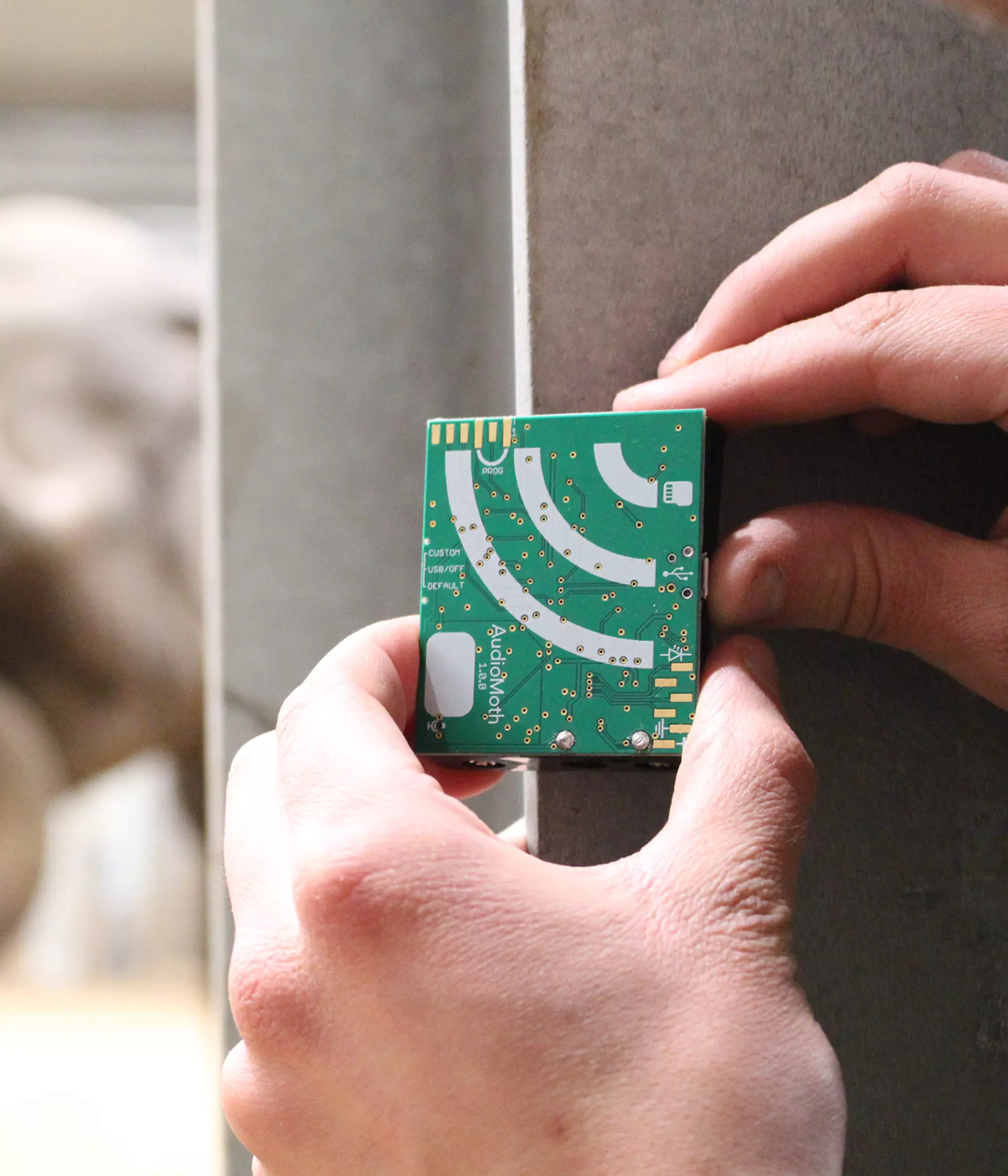Conservation researchers at Whipsnade Zoo have found four distinct sounds made by Asian elephants, during trials of sound monitoring to learn more about elephant behaviour.
What sounds do Asian elephants make?
Recordings reveal four distinct sounds made by the Zoo’s herd of Asian elephants; a ‘trumpet’, a ‘rumble’, a ‘roar’ and a ‘chirp’. It is the first time that small, acoustic loggers have been used with elephants in a zoo, and it is hoped that the recordings could lead to a better understanding of elephant behaviour in the wild.
How were the elephant sounds recorded?
Researchers at the UK’s largest zoo hid palm-sized recording devices within the habitat of Whipsnade Zoo’s herd of six Endangered Asian elephants, to capture both the audible sounds and ultrasonic frequencies they made. Visual assessments of the herd’s behaviours were simultaneously recorded by the Zoo’s specialist team of elephant keepers and researchers, and then tallied up with the sound recordings, to give conservationists a picture of what each sound might indicate about elephant behaviour and communication.
Despite the trial being in its infancy, researchers and zookeepers have already been able to identify four distinct sounds from the recordings; a ‘trumpet,’ which researchers believe may indicate either an excited, playful elephant or one exerting dominance; a ‘rumble,’ or lower-frequency call, which may denote an elephant communicating with members of their own herd; a ‘roar,’ which appears to be typically the result of a disturbance; and a ‘chirp’, which is a sound believed only to be made by Asian elephant herds, and not their African counterparts.

How will the research help elephants in the wild?
Lewis Rowden, Whipsnade Zoo’s Research Officer said: “Little is known about the way in which elephants communicate, and a better understanding of it will provide a window into their world that could be of huge benefit to those working with or living alongside elephants in the wild.”
The Zoo has been using low-cost devices called ‘AudioMoths’ for the research to allow the project to be easily rolled-out into a conservation setting, without cost creating a barrier.
Lewis continued: “In the future, if a piece of low-cost, sound-analysis technology could differentiate between an elephant that is just wandering past and an elephant that is feeling threatened, or likely to behave aggressively, then an early warning detection system could be used to reduce human-wildlife conflict. So, although this project is still in its infancy, we hope that the theoretical understanding gained by recording our incredible elephants at Whipsnade Zoo will eventually contribute to protecting elephants in the wild.”
ZSL’s Elephant Team Leader, Stefan Groeneveld said: “Our youngest elephant, Elizabeth, can be very playful when splashing around in the pool or dusting herself with sand, whereas when she chases wallabies or mara around the paddock she will make very different sounds. The more we can learn about our elephants’ communication patterns, the better we will be able to help communities living alongside these amazing animals.”

